I have fallen into a rhythm of posting a book reviews every Monday… today I am bringing you reviews of our latest natural factual reads from Struik Nature… I have to say that we loved all these books, for completely different reasons. Take a look and you will see why these books are all fabulous books that can only enhance our great outdoor lifestyle.
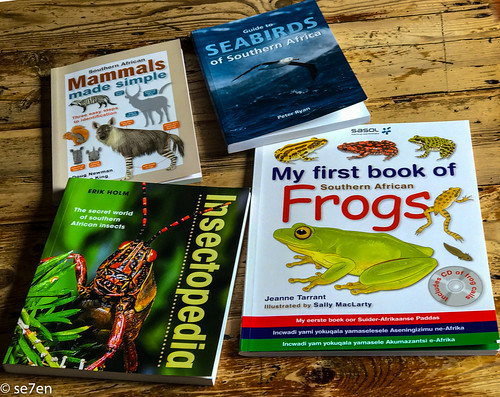
Marvellous Mammals

Southern African Mammals Made Simple by Doug Newman and Gordon King: This book is a little gem and perfect size to toss into your backpack as you head out into the nature reserve to do a little games spotting. It is one of those books with a fabulous amount of information, presented in an easily accessible way, packed into a small amount of space. Essentially an encyclopaedia of knowledge presented in handbook sized spotters guide. The book contains a visual classification system, which is perfect for novice spotters… there is no need to know latin names or fancy terms… Step one look at the shape of your mammal and that will tell you which family to look at; on to Step 2, once you have the family, which group will you be looking at… for example if you are looking at an antelope or buck: does it have horns or not? are the horns curved or straight and such like. Once you have determined which family group your animal is in, then you can easily decide from a full colour photograph, which animal you are looking at. Each animal has a photograph and then an annotated colour drawing to emphasise the special features. The name, as well as the Afrikaans, and latin names… the typical dimensions, habitats and habits are included. There is an “at a glance” information box for each animal, as well as a look at similar species if you are unsure of what you are looking at.
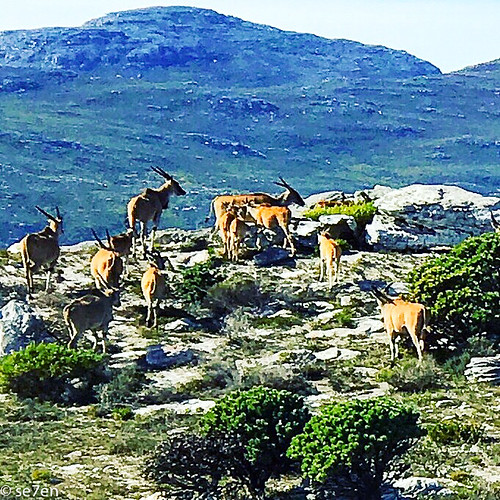
So for example, on Friday we were out hiking and spotted a group of eland. Turning to the book we decided that it was an antelope… So we turned to the antelope family. Within the antelope family, we chose the group with straight horns and belly not white. There were five buck in this group, but only one of them was extremely large and that was the eland.

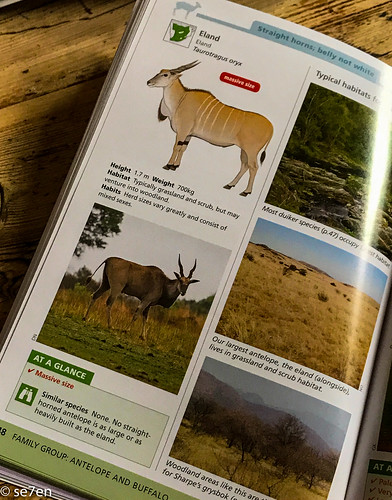

Another example from our Friday hike was an otter… at step 1 we chose the otter family… a quick glance and we knew we had to turn to page 91 to find the Otters. Otters only have one visual group: they are either the spotted-neck otter or the Cape African clawless otter. From looking at the information in the book carefully we could immediately see that it was a Cape African clawless otter and we could learn a few things about this playful little otter that we didn’t already know.
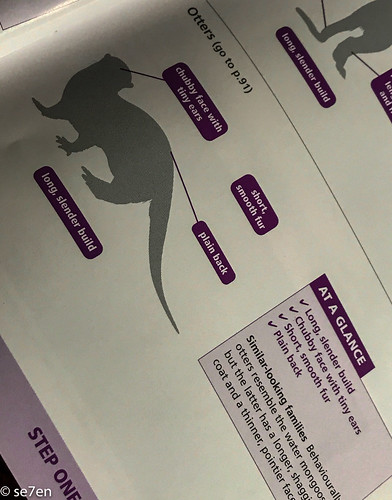
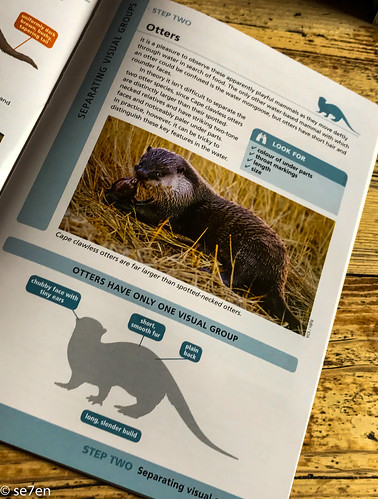
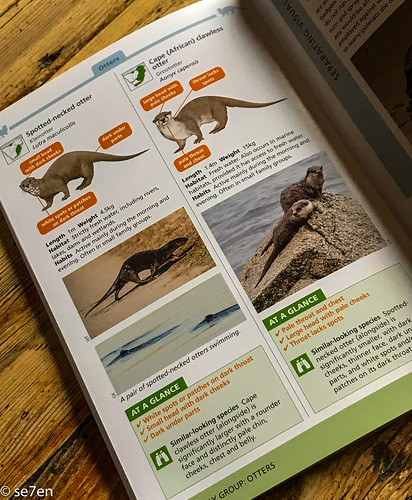
This little book is a fabulous addition to our wildlife collection and is indispensable in determining which of the buck we often see are which, for instance. There are a lot of extra little snippets of information and fast facts to glean in this book, which makes it the perfect book for dipping into as well.
Stunning Sea Birds

Guide to Seabirds of Southern Africa by Peter Ryan: I have always loved everything about the ocean, but my personal interest in seabirds began on a trip to Marion Island a couple of years ago… in a time before kids.
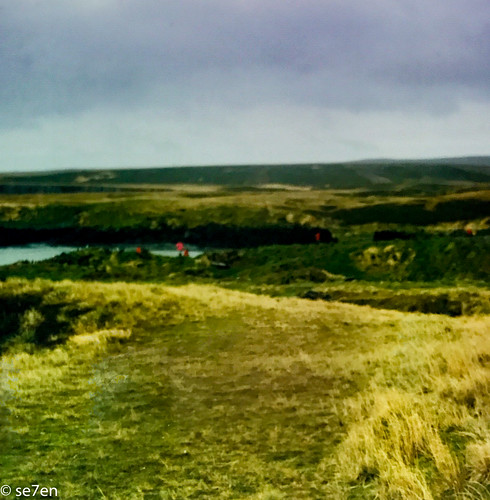
The introduction to the book includes all the necessary tips for viewing seabirds. As well as so many interesting facts about specific seabird topics: their migration, their ability to see underwater as well as why they appear to have a runny nose. There is more on ocean conservation and even photography tips, as well as a section on how to use the book to its full potential. The book is then divided into major sea bird families, making it easy to jump around and identify the birds you might have spotted: Penguins, albatrosses, petrels, skuas and such like.

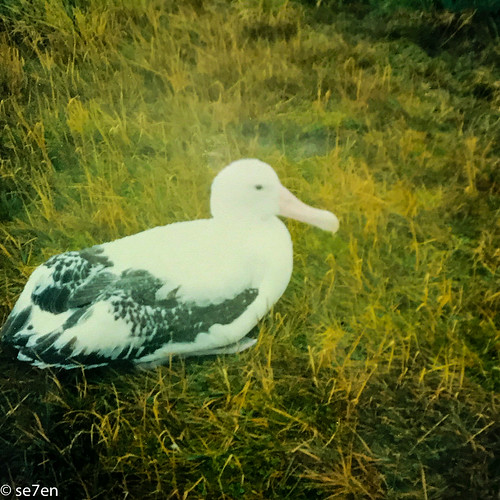

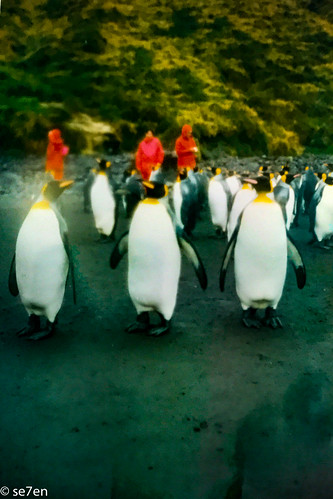
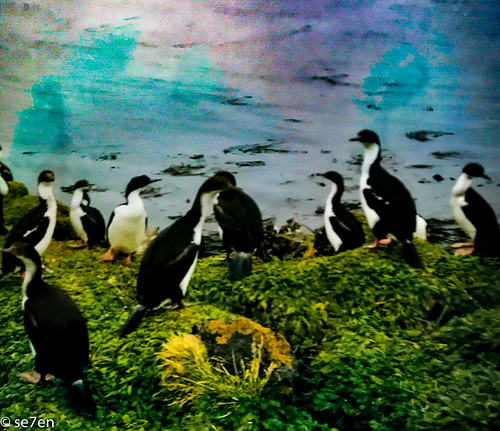
Each bird has a number of photographs showing the main features of the birds as well as a location map, and a details regarding their conservation status, their biology and breeding habits, as well as feeding habits and behaviour. The photographs are superb throughout and you should be able to identify the bird you have spotted from those alone, but the explanation alongside the photographs and the details in the writing will make that bird unforgettable. Lots of facts and details for each bird have been included in the book. Fascinating facts to keep you reading on and on. For the bird lover, particularly the sea bird lover, this is an absolute must have identification guide to seabirds.
Interesting Insects

Insectopedia: The secret world of southern African insects by Eric Holm: If you live with an insect lover then this is the book for them… It is not a spotters guide by any means, it is so much more. It is a reference guide to everything you ever wanted to know about insects and it is fascinating. The book is divided into twelve chapters and only the last one is an identification guide. The identification guide is well over 60 pages long and full of a number of details about dozens of insects and their family members. The other chapters are on specific aspects of insects… their senses, metamorphosis, locomotion and such like.
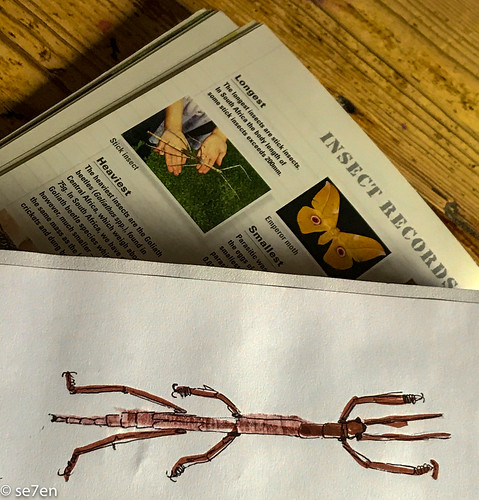
The book is packed with excellent photographs, and where you need more than a photograph there are illustrations too. There is so much to learn about insects… and each spread includes boxes with interesting details, and highlighted points of interest. This book goes way beyond a description of insects… it goes into detail on the role of insects, their interesting habits. The photographs first caught our attention and then the amazing feature facts… and then we got reading the details… the more you read this book the more you will want to read it. For example the spread on insect records includes amazing facts like: the longest insects are stick insects and in South Africa they can be longer than 20 cm, the keenest sense of smell goes to the male emperor moth that can sense smells up to 15 km away. This book is an incredible resource packed with all sorts of things that you just never knew about insects. It is very readable chapter by chapter and makes an excellent book for dipping into as well. This book is a keeper and has become one of our essential reference books of the year.
Fabulous Frogs
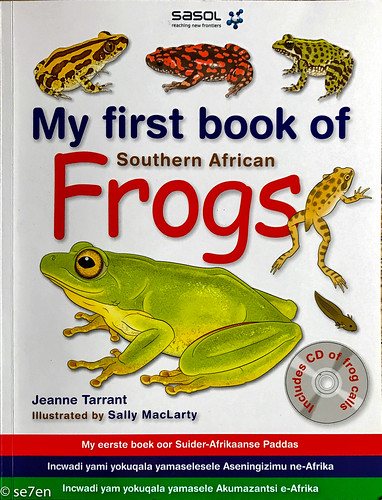
My First Book of Southern African Frogs by Jeanne Tarrant and illustrated by Sally MacLarty: We have blogged about this series before, many many times… because we use this series almost exclusively for our nature study and nature notebooks. We have reviewed the Young Explorer’s Frog App before, which is the screen version of the book. The book is brilliant, there is a simple introduction to amphibians, and an overview of frogs in general and then how to use the book. Each frog has a page devoted to it, the name of the frog, a brief description as well as a location map, where you are most likely to find that frog, the relative size of the frog and the type of eggs of the particular frog, as well as the track on the CD of the frog.
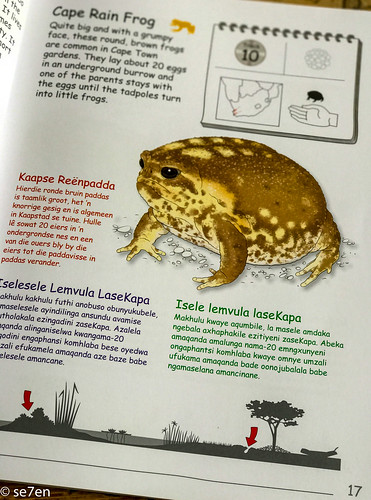

Yes! The book comes with a CD of frog calls… and it is brilliant. I have to say that the frog calls really enhanced our frogging experience… when we were out night hiking last weekend we were able to identify the frogs that we found, by listening to their calls. Fun times!!! Like all the books in the series, each frog is beautifully illustrated in full colour, to help with learning how to identify them. Also, each frog has a description not only in English, but in Xhosa, Afrikaans and Zulu, which is great for children learning a second language, or for children, whose first language is not English.

